Femininity vs Masculinity
The themes of femininity and masculinity are binary opposite, meaning they are a pair of related terms that have the opposite meaning. When contrasting femininity and masculinity it can create final piece that are left open for the audience to interpret it how they wish.
When exploring what it is to be feminine or masculine there are stereotypical characteristics that make you feminine or masculine , according to society.

Stereotypical mood boards:
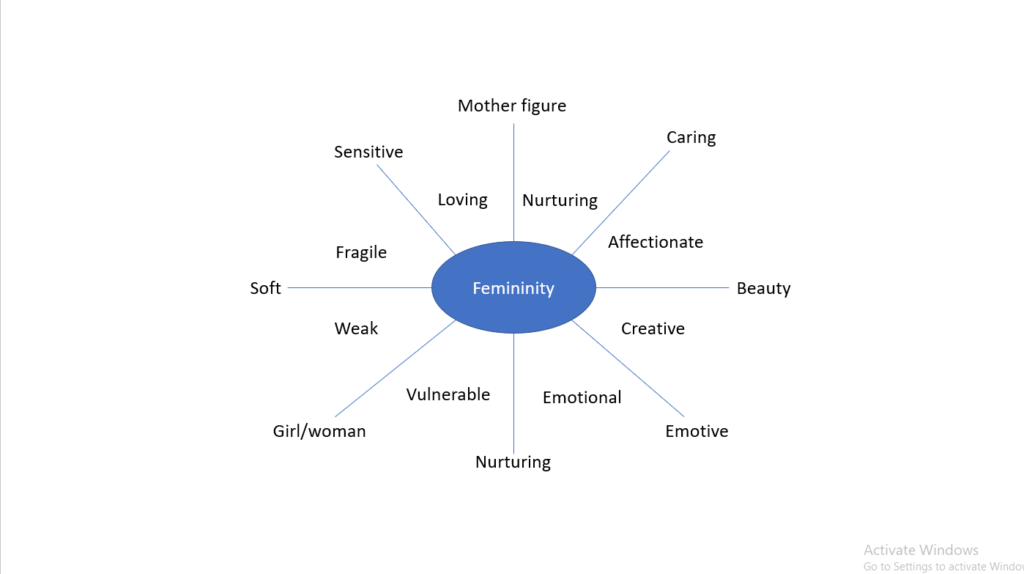
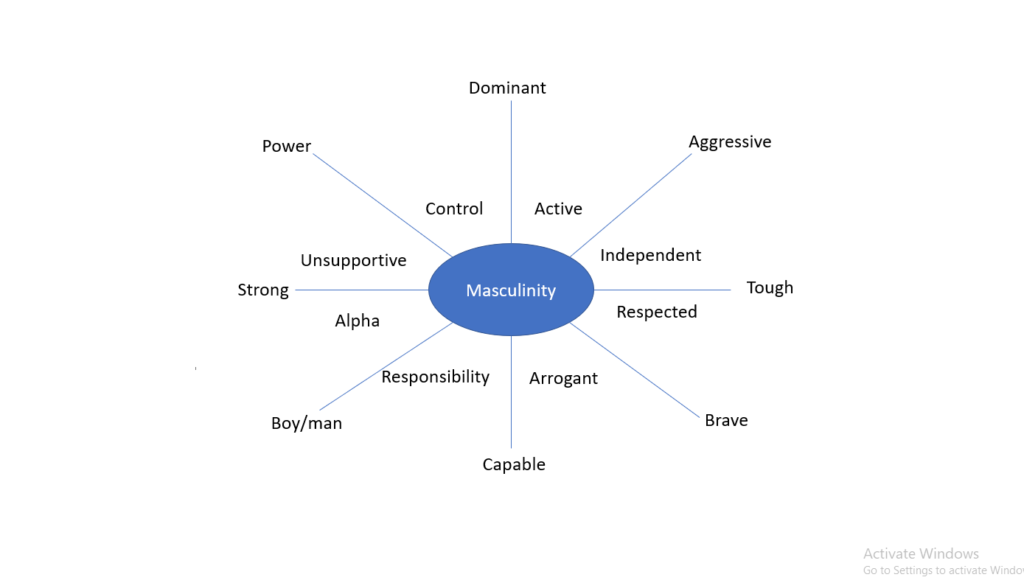
The historical views on what it is to be feminine and masculine have changed, and still are changing as society is becoming more acceptable and individuals are being given more freedom to express themselves. However there are still stereotypical views on how feminine and masculine people should act and behave.
There are so called ‘standards’ in society that both women and men should meet, based on their gender. Society expects women to look at certain way; have long hair, be small, dress ‘feminine’ so, they ‘fit in.’ This stereotypical view on women has lead to us living in a patriarchal society where women are seen as subordinate to men, resulting in women having to fight for their rights. This has caused barriers for females are they are prevented from doing certain jobs, playing ‘manly’ sport and wearing that is typically known as masculine. This can been see in everyday life as historically and stereotypically males dominate the jobs that are hard labour. There is an expectation for females to dress up and wear dresses and skirts and present themselves in an orderly manner, not getting dirty or wearing masculine clothing (eg. suits). Through out the years there has been an increase in females wearing suits which can be seen when celebrities go to red carpet events. This links back to Claude Cahun
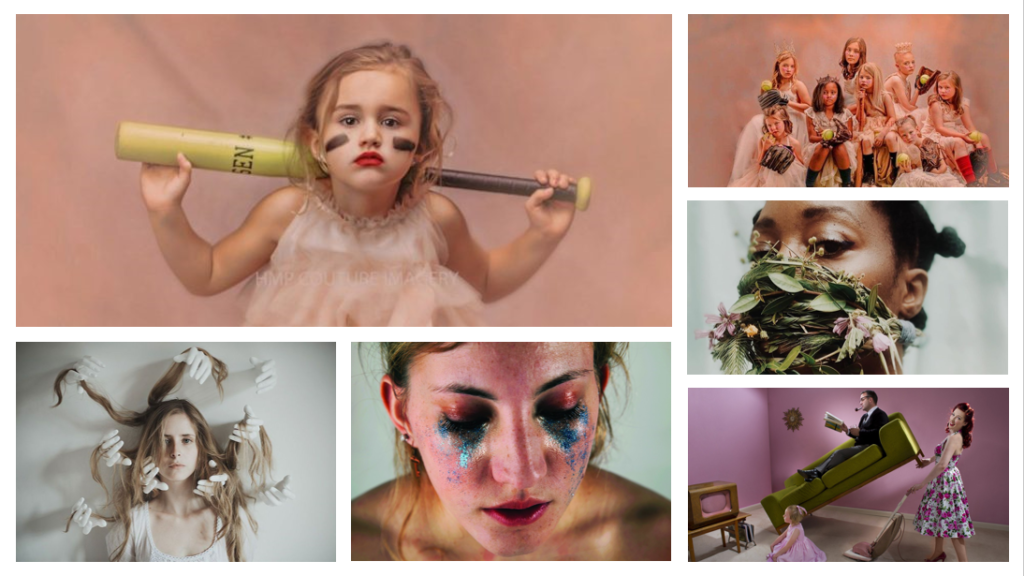
On the other hand, society portray men as the polar opposite to women and have expectations of them to look ‘manly’, by having short hair, a strong build and dress in a way society would consider acceptable for a man. There is an expectation for males to be strong and show no emotions, which is having a drastic effect on their mental health. This shows us how society views women as weaker than mean because they’re allowed to express how they feel and show their emotions. We are now seeing an breakthrough in males (especially celebrities) braking down the stereotypes of what is is to be masculine by doing photoshoots with big companies wearing more ‘feminine’ outfits such as dresses and skirts.

There are many artists who have explored and experimented with the themes of femininity and masculinity such as Claude Cahun and Frida Kahlo. They both went against the stereotypical norms of how feminine people should appear as they are both pictured with short hair and wearing clothing that society would associate with males.
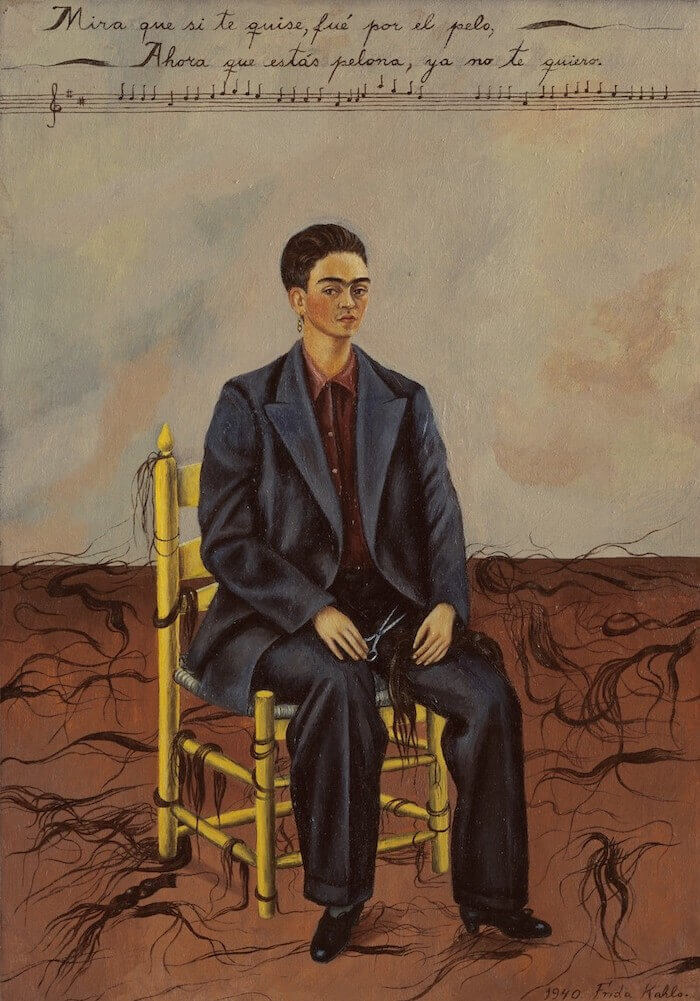
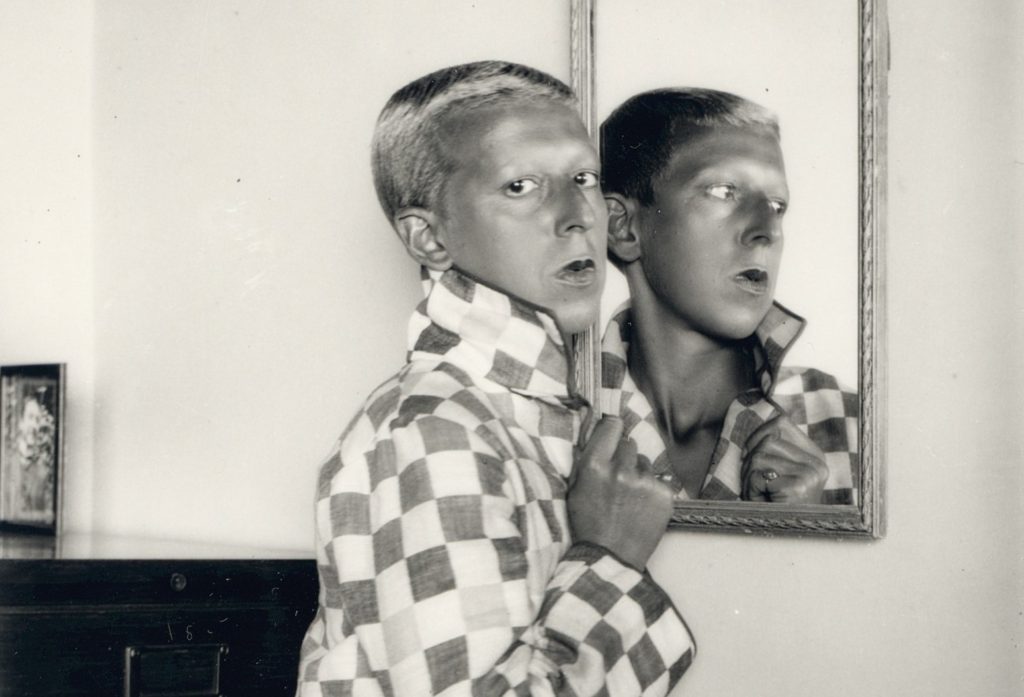
Claude Cahun, born Lucy Schwob was a French photographer who is best known for their self portraits where they displayed many different varieties of persona.
Frida Kahol was a Mexican painter who took up painting after she was involved in a bus accident. She is most famous for her self-portrait with short hair, seen above, in 1940. Karlo’s work was based on all of the struggles she has had to face in her life and was almost a way of rebelling. Frida Karlo’s story
Claude Cahun was also, amongst changing the views gender stereotypes. Cahun, who was born as Lucy Schwob is best known for their self portraits. Cahun’s self-portraits, portrayed them in many ways, breaking down the stereotypes of how females and feminine people should look.
